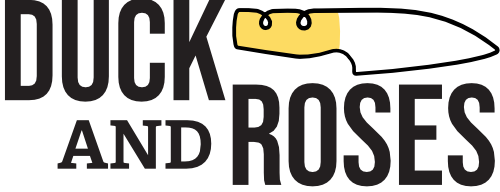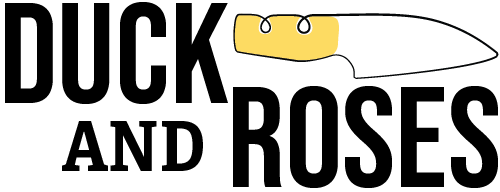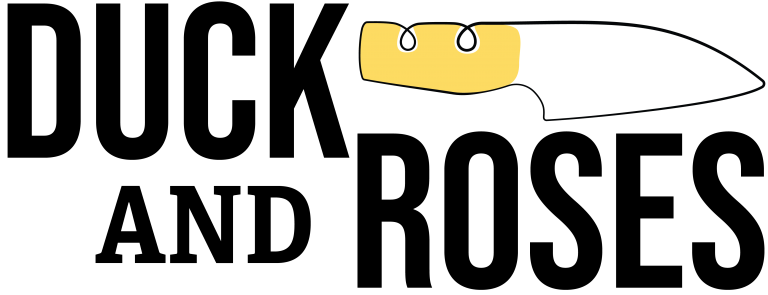Originally written as part of the World Cup 2014 cooking project.
Football:
Ecuador is a relative new comer to World Cup competition, having first qualified in 2002 for the World Cup in Japan/ South Korea. Their best performance was in 2006 when they managed to make it to the last 16. Such a feat can be a real showcase for players and consequently there have been a number of Ecuadorians that have made it big overseas. Amongst the most well-known is Antonio Valencia, the Manchester United winger and ever present in the current Ecuadorian squad.
Unfortunately for Ecuador they were beaten by Switzerland last night with a last gasp winner. I can imagine the coach’s frustration as it looked odds-on that Ecuador would score with late pressure, but having nearly got a shot away Switzerland broke and finished it at the other end. With France to come it is vital they at least beat Honduras, who was swept away 3-0 by Les Bleus last night. I said in a post yesterday that Honduras would have a good chance against Ecuador, but with one of their key players being sent off and ineligible for the next game (Wilson Palacios who I must have put the mockers on by saying he was one to watch out for) I think Ecuador will be in the driving seat.
Their key players are the wingers Renato Ibarra and Jefferson Monterro and striker Felipe Caicedo. I am sure they will go for all-out attack against Honduras and then hope to stun France with a counter-attacking game.
The Dish:
It’s dessert time again, and I can’t think of any better reason to make dessert with the vanilla bean being native to Central America. It’s one of the most incredible flavours in nature and was known to both the Mayas and Aztecs, who used it as a flavouring for drinking chocolate. Although the main Latin American vanilla-producing countries are Mexico, Guyana, Puerto Rico, Guadalupe and Dominca, it is widely used in Ecuadorian cuisine. Examples include Punta, a drink brewed with canelazo (naranjilla juice and sugar cane liquor), cinnamon, clove and vanilla; quimbolito, a spongy pocket made with corn flour, orange juice and vanilla essence; and rompope, a popular holiday drink made from milk, sugar, orange peel, egg yolks, condensed milk, cream, sugar cane alcohol and vanilla.
For the World Cup food project I have gone with this fantastic creamy Ecuadorian dessert that is perfumed with vanilla seeds. It is light and airy and deliciously fragrant against the gentle background of guava and banana.
A note on the guava: the guavas found in Ecuador are pod-like fruits with a cotton-like pulp that is eaten and dark seeds which are not. The other known guava is the round yellow one with the pinkish yellow flesh. Due to unavailability of an Ecuadorian guava or yellow round one here in Melbourne I used a feijoa (or pineapple guava), which is also native to parts of Latin America.



